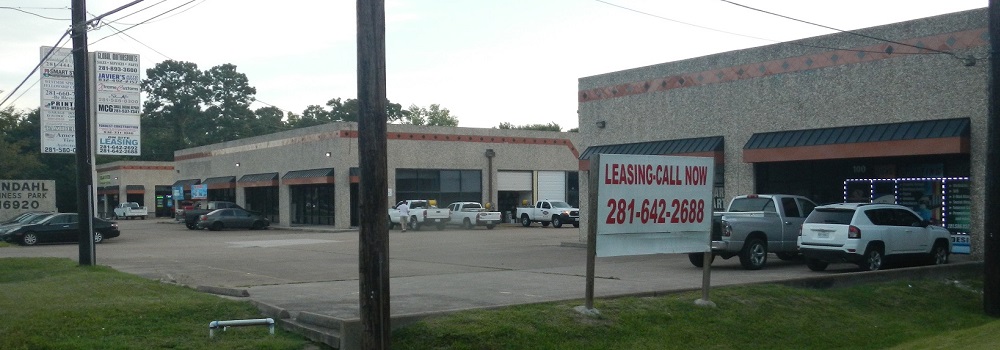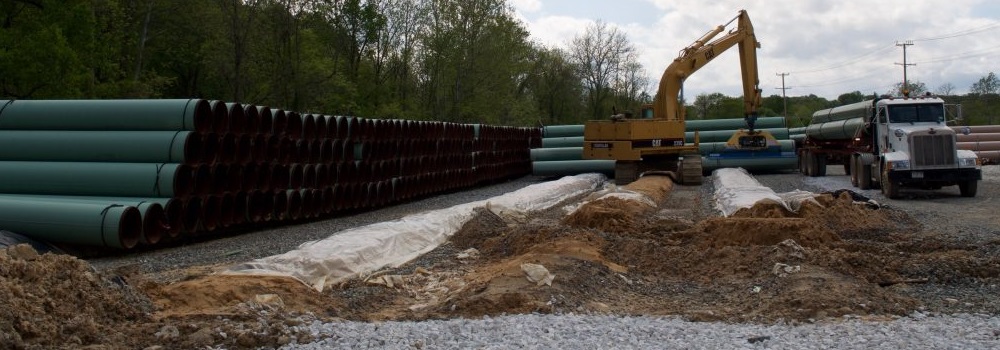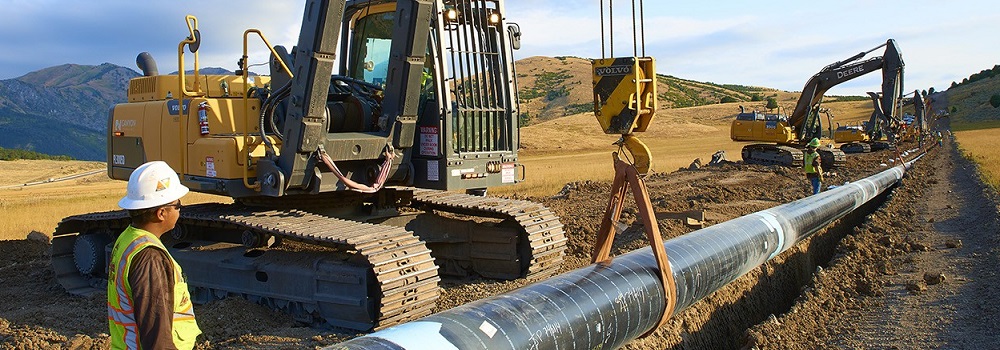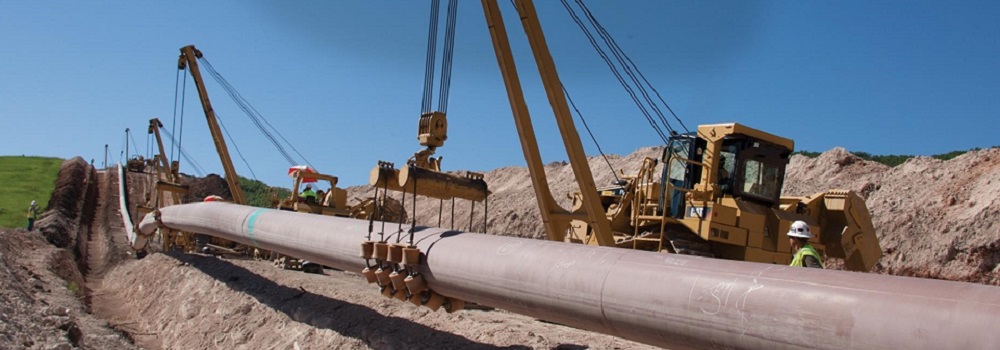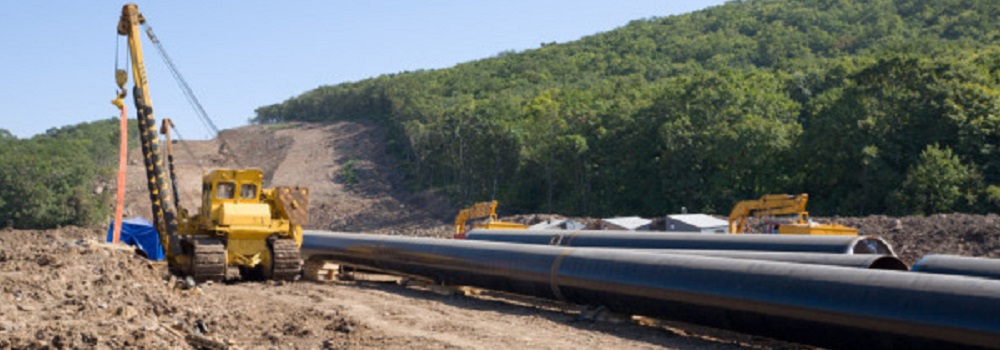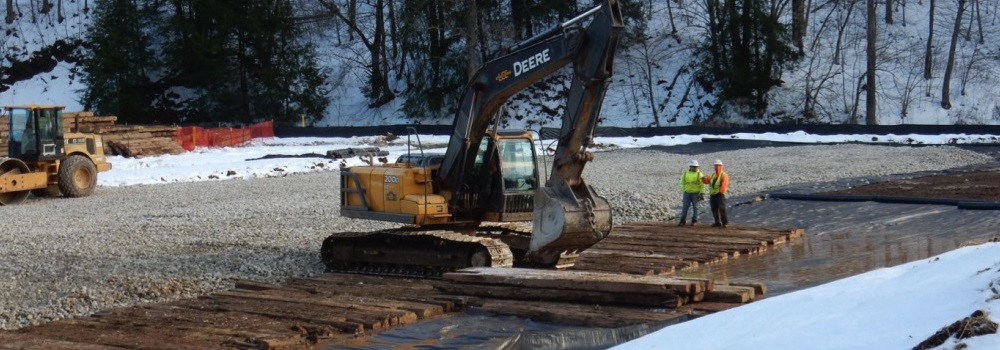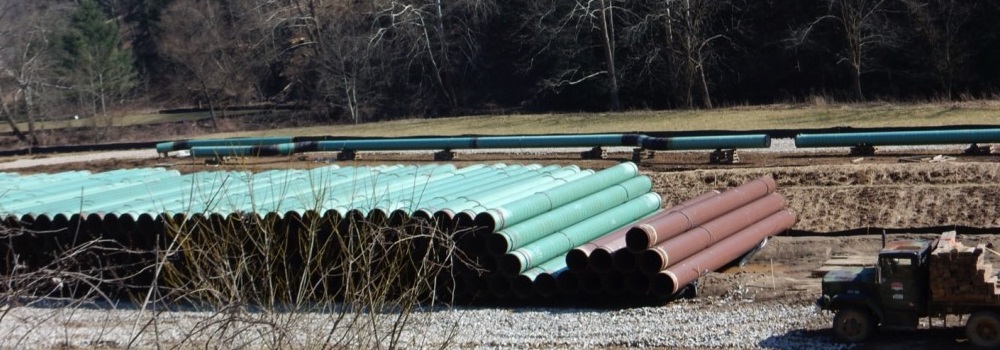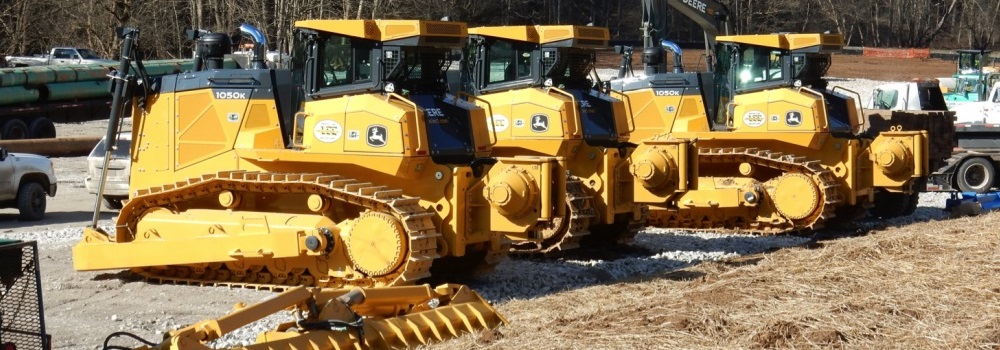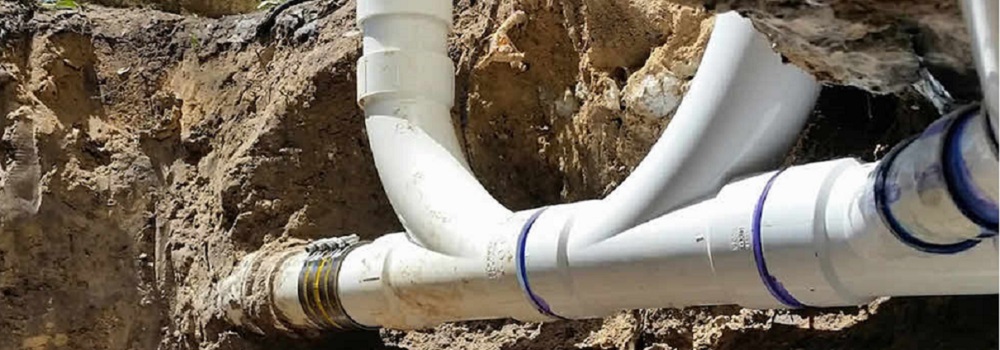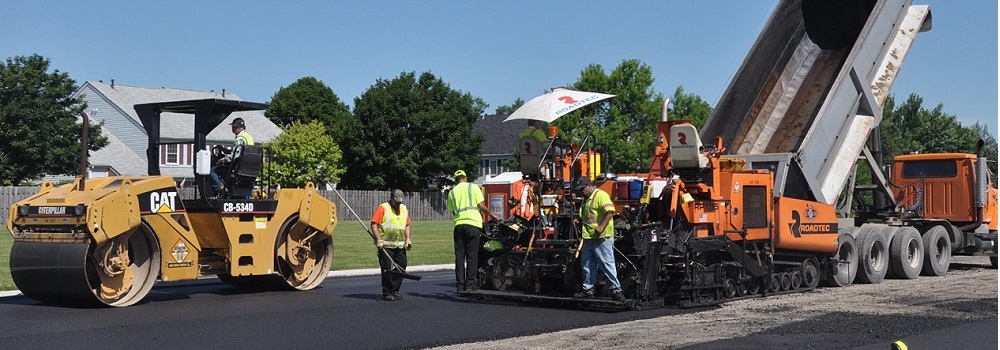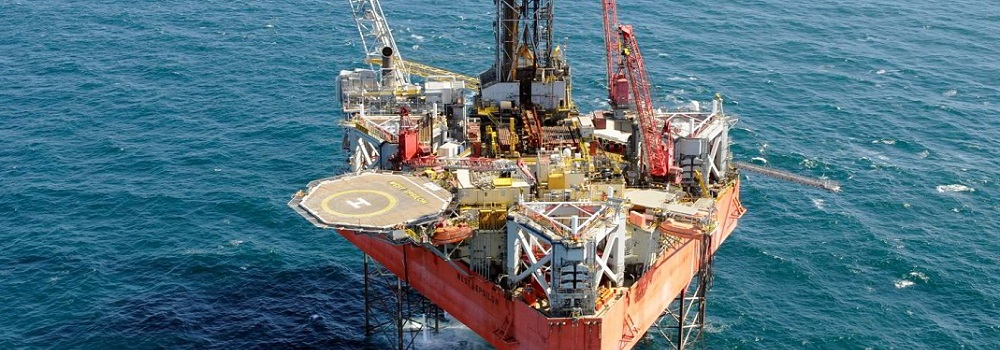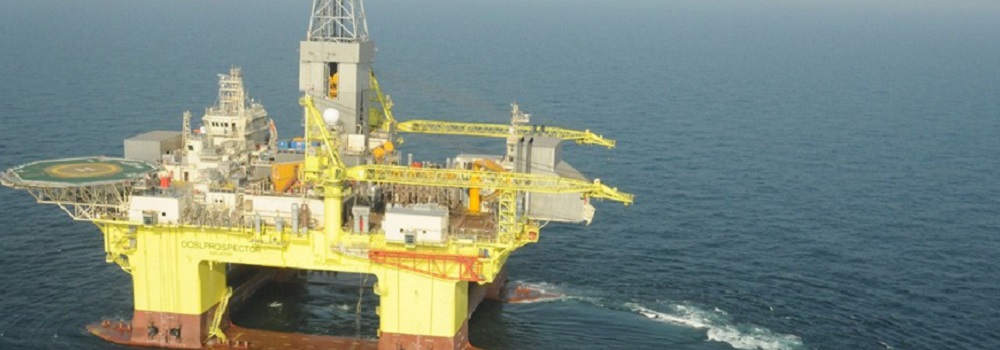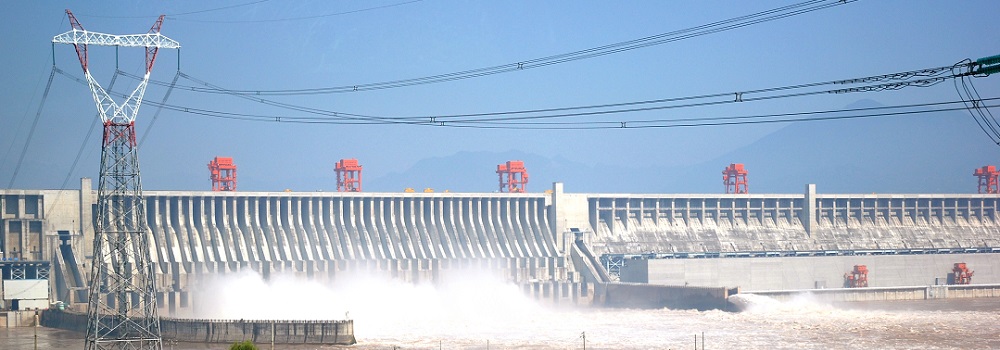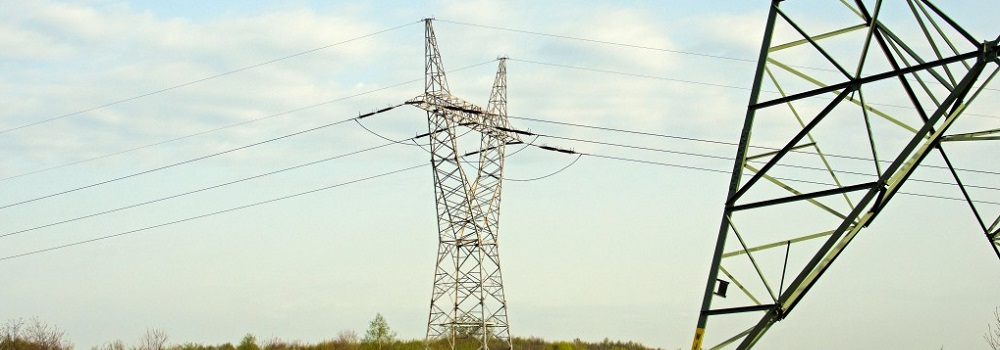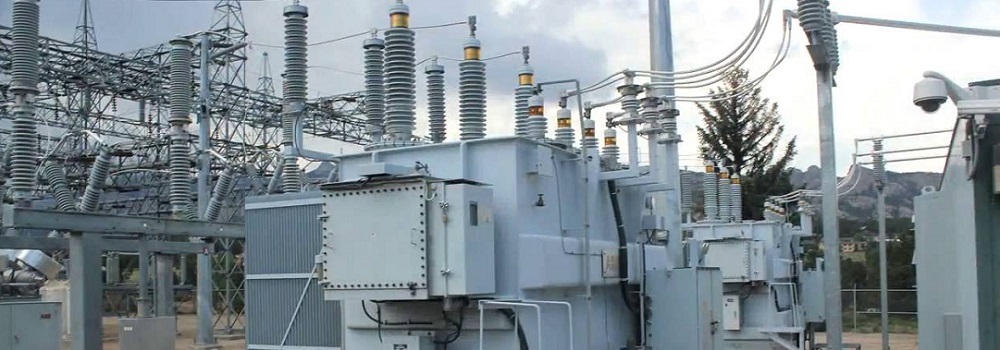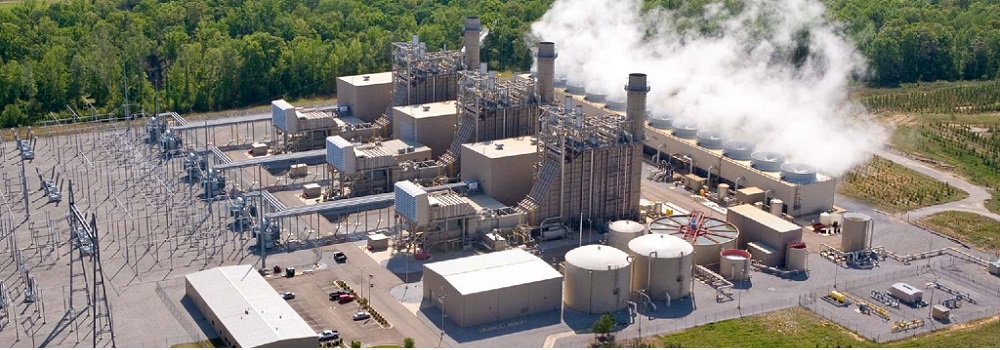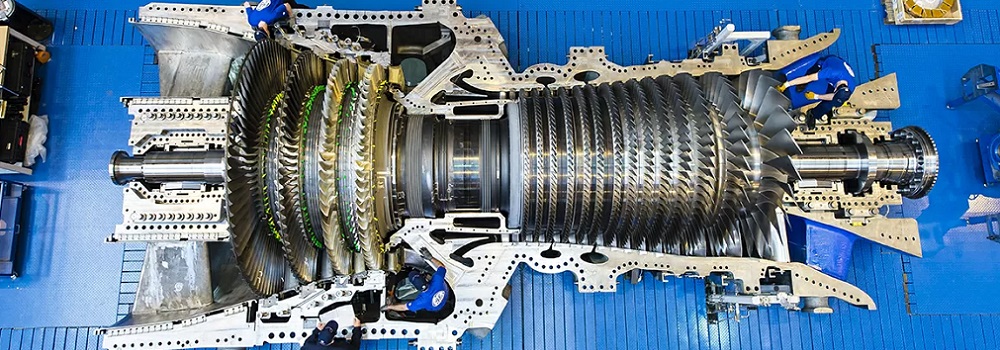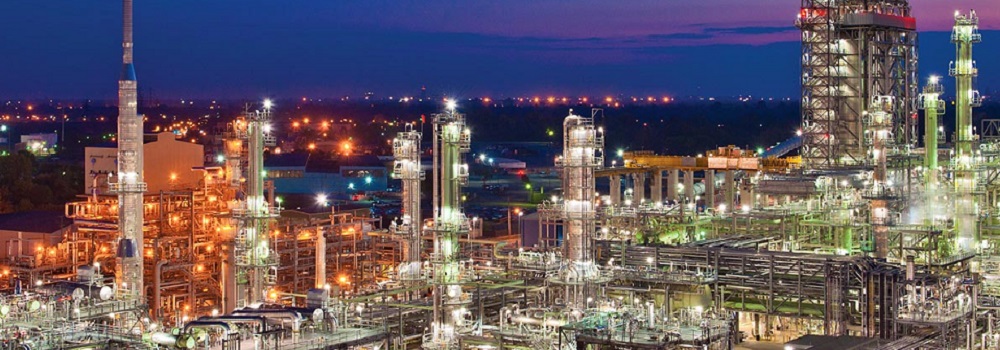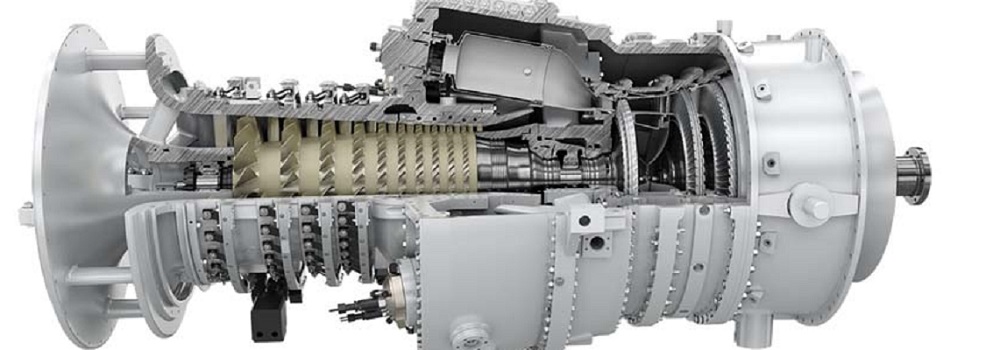Keystone XL Pipeline
PREAMBLE
The Senior Engineer of AscenTrust, LLC., was born and raised in Northern Alberta and graduated, in Electrical and Computing Engineering, with Distinction, in 1969, at the University of Alberta in Edmonton.
AscenTrust, LLC., an existing Texas corporation, wholly owned by it's Senior Engineer, will provide the overall Project Management function for the revival of the Keystone XL Pipeline Project.
The Keystone Pipeline system consisted of the operational Phase I, Phase II, and Phase III, the Gulf Coast Pipeline Project. A fourth, proposed pipeline expansion segment Phase IV, Keystone XL, failed to receive necessary permits from the United States federal government in 2015. Construction of Phase III, from Cushing, Oklahoma, to Nederland, Texas, in the Gulf Coast area, began in August 2012 as an independent economic utility. Phase III was opened on January 22, 2014, completing the pipeline path from Hardisty, Alberta to Nederland, Texas.
The Keystone XL Pipeline Project (Phase IV) revised proposal in 2012 consists of a new 36-inch (910 mm) pipeline from Hardisty, Alberta, through Montana and South Dakota to Steele City, Nebraska, to "transport of up to 830,000 barrels per day of crude oil from the Western Canadian Sedimentary Basin in Alberta, Canada, and from the Williston Basin (Bakken) region in Montana and North Dakota, primarily to refineries in the Gulf Coast area". The Keystone XL pipeline segments were intended to allow American crude oil to enter the XL pipelines at Baker, Montana, on their way to the storage and distribution facilities at Cushing, Oklahoma. Cushing is a major crude oil marketing/refining and pipeline hub.
The process being put in-place by the Senior Engineer to re-start the licensing and construction of the Keystone XL Pipeline Project (Phase IV) is the reason for the creation of this webpage.
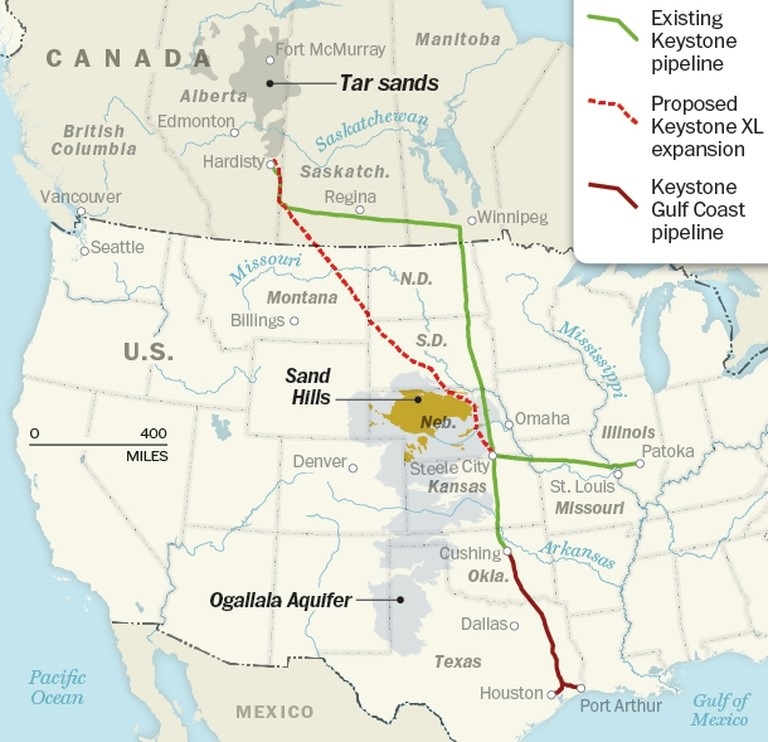
History
The project was proposed in 2005 by the Calgary, Alberta-based TransCanada Corporation, and was approved by Canada's National Energy Board in 2007. On September 21, 2007, the National Energy Board of Canada approved the construction of the Canadian section of the pipeline, including converting a portion of TransCanada's Canadian Mainline gas pipeline to crude oil pipeline, on September 21, 2007.
In October 2007, the Communications, Energy and Paperworkers Union of Canada asked the Canadian federal government to block regulatory approvals for the pipeline, with union president Dave Coles stating, "the Keystone pipeline will exclusively serve US markets, create a permanent employment for very few Canadians, reduce our energy security, and hinder investment and job creation in the Canadian energy sector".
On January 22, 2008, ConocoPhillips acquired a 50% stake in the project. On March 17, 2008, during the final year of the Presidency of George W. Bush, the United States Department of State issued a Presidential Permit authorizing the construction, maintenance and operation of facilities at the United States and Canada border.
In June 2010, Keystone Pipeline (Phase I) was completed and was delivering oil from Hardisty, Alberta, over 3,456 kilometres (2,147 mi) to the junction at Steele City, Nebraska, and on to Wood River Refinery in Roxana, Illinois, and Patoka Oil Terminal Hub north of Patoka, Illinois.
On July 21, 2010, the Environmental Protection Agency criticized the State Department's draft environmental impact study for neglecting concerns about oil spill response plans, safety issues and greenhouse gas. In February 2011, the Keystone-Cushing extension (Phase II) was completed running 468 kilometres (291 mi) from Steele City to a tank farm in Cushing, Oklahoma.
On June 3, 2011, Pipeline Hazardous Materials and Safety Administration (PHMSA) issued TransCanada a Corrective Action Order (CAO), for Keystone's May 2011 leaks. On April 2, 2016, PHMSA issued a CAO to TransCanada for a 16,800 US gallons leak in Hutchinson County, South Dakota, and again on April 9. The pipeline restarted at a reduced operating pressure on April 10 after the U.S. regulator approved the companies corrective actions and plan. A 9,700 barrels leak occurred in Marshall County, South Dakota in November 2017. This leak occurred early in the morning on November 16, 2017, near Amherst, South Dakota and was contained shortly after detection 35 miles (56 km) south of the Ludden pump station.
On August 26, 2011, the final environmental impact report was released, stating that the pipeline would pose "no significant impacts" to most resources if environmental protection measures are followed, but it would present "significant adverse effects to certain cultural resources".
In September 2011, Cornell ILR Global Labor Institute released the results of the GLI Keystone XL Report, which evaluated the pipeline's impact on employment, the environment, energy independence, the economy, and other critical areas.
On November 10, 2011, the Department of State postponed a final decision while investigating "potential alternative routes around the Sandhills in Nebraska" in response to concerns that the project was not in the United States' national interest. In its response, TransCanada pointed out fourteen different routes for Keystone XL were being studied, eight that impacted Nebraska. They included one potential alternative route in Nebraska that would have avoided the entire Sandhills region and Ogallala Aquifer and six alternatives that would have reduced pipeline mileage crossing the Sandhills or the aquifer.
On March 2012, Obama endorsed building the southern segment (Gulf Coast Extension or Phase III) that begins in Cushing, Oklahoma. The President said in Cushing, Oklahoma, on March 22, "Today, I'm directing my administration to cut through the red tape, break through the bureaucratic hurdles, and make this project a priority, to go ahead and get it done."
On January 22, 2014, the Gulf Coast Extension (Phase III) was completed, running 784 kilometres (487 mi) from Cushing to refineries at Port Arthur, Texas.
In January 2014, the U.S. Department of State's (DoS) January 2014 "Final Supplemental Environmental Impact Statement" (SEIS) said that, "because of broader market dynamics and options for crude oil transport in the North American logistics system, the upstream and downstream activities are unlikely to be substantially different whether or not the proposed Project is constructed". On January 9, 2015, the Nebraska Supreme Court cleared the way for construction, after Republican Governor Dave Heineman had approved it in 2013.
On 14 November 2014, the House of Representatives passed a bill approving the construction of the Keystone XL Pipeline in a 252–161 vote; however, the bill was rejected by the Senate four days later in a 59-41 votes, failing to reach the 60 votes threshold.
On 14 November 2014, the House of Representatives passed a bill approving the construction of the Keystone XL Pipeline in a 252–161 vote;[60] however, the bill was rejected by the Senate four days later in a 59-41 votes, failing to reach the 60 votes threshold.
A second bill approving the construction of the pipeline was passed in a 62–36 vote on 29 January 2015 and by the House in a 270–152 vote on 11 February, but on 24 February it was vetoed by President Obama, who said that the approval decision should rest with the Executive Branch. The Senate was unable to override the veto by a two-thirds majority, with a 62–37 vote. On September 29, 2015, TransCanada dropped their lawsuit against Nebraska landowners who had refused permission for pipeline easements on their properties in order to exercise their eminent domain.
On November 3, 2015, U.S. Secretary of State John Kerry determined that the project was not in the public interest. Kerry found that there was a "perception" among foreigners that the project would increase greenhouse-gas emissions, and that, whether or not this perception was accurate, the decision would "undercut the credibility and influence of the United States" in climate-change-related negotiations.
On November 6, 2015, the Obama administration rejected the Keystone XL pipeline project, citing economic and environmental concerns. Financial commitment to completion of the pipeline was also weakened by technological factors. Innovations in fracking had increased domestic oil production and, according to the EIA, reduced demand of oil from foreign countries to an all-time low since 1985.
In mid-2016, a lateral pipeline to refineries at Houston, Texas and a terminal was completed, and was online in 2017.
On January 24, 2017, in his first week in office, President Donald Trump signed a presidential memorandum to revive both Keystone XL pipelines, which "would transport more than 800,000 barrels per day of heavy crude" from Alberta to the Gulf Coast.
On March 9, 2017, the Canadian Prime Minister Justin Trudeau and Premier of Alberta Rachel Notley attended North America's largest energy conference – CERAWeek in Houston, Texas. An Angus Reed Institute poll published that week showed that 48% of Canadians supported the revival of the Keystone XL pipeline project. The pollsters said that the support for the Keystone pipeline project by provincial NDP government and the federal Liberal government under Trudeau had a positive impact on Canadians' attitudes of the project.
On March 24, 2017, Trump signed a presidential permit to allow TransCanada to build the Keystone XL pipeline. The State Department issued a new Record of Decision on the same facts as before, but reversed itself to find that granting the permit would be in the national interest.
In November 2017, the Nebraska Public Service Commission approved (3–2) the construction of the pipeline, but via an alternative route which is longer and deemed to have less environmental impact than two other routes that were considered. This proved to be a major setback for TransCanada since they would have "years of new review and legal challenges". TransCanada asked Nebraska to reconsider this decision. They also worked with Pipeline and Hazardous Materials Safety Administration (PHMSA) to determine the structural cause of a leak in South Dakota on November 21, 2017.
In November 2018, U.S. District Judge Brian Morris (District of Montana) enjoined construction of the pipeline and vacated the new permit because the policy reversal violated the Administrative Procedure Act, the National Environmental Policy Act, and the Endangered Species Act.
In February 2019, District Judge Morris denied a request by TransCanada Corporation to begin constructing worker camps for the pipeline although the company could begin construction of pipe storage and container yards as long as they were outside the proposed pipeline's right-of-way.

